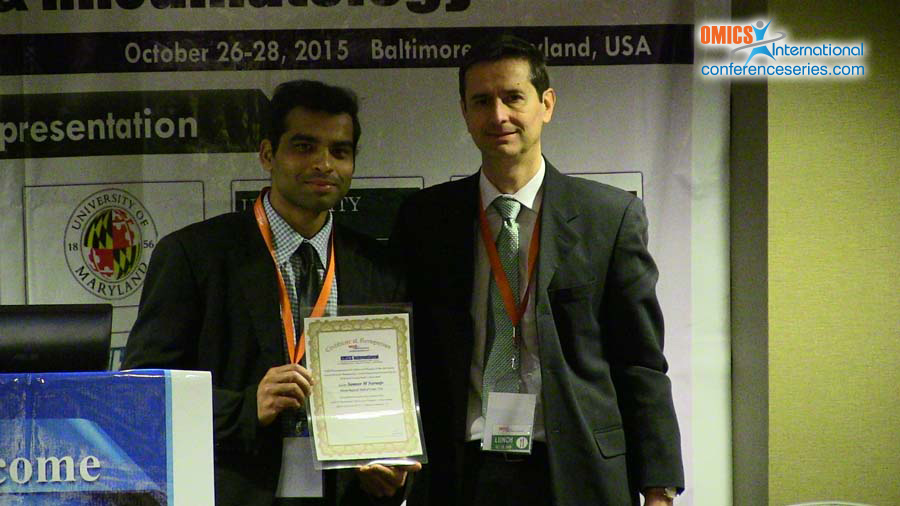
Sameer M Naranje
Helena Regional Medical Center, USA
Title: An update on lower limb joint replacement in rheumatoid arthritis
Biography
Biography: Sameer M Naranje
Abstract
More than 2/3rd of patients of Rheumatoid arthritis (RA) become disabled 20 years from primary diagnosis. RA is one of the most common indications for lower limb joint replacement in Northern Europe and North America. Though improved medical treatment of RA over last 2 decades have decreased the rate of hip and knee surgery, over a third of patients will need a major joint replacement, of which the majority will receive a total hip or knee replacement (THR and TKR). This paper summarizes an update on the major lower limb arthroplasty surgery for patients with RA. A multidisciplinary approach is needed for preoperative optimization. RA patients may need joint replacement at relatively younger age when compared to the patients with osteoarthritis and may need mutilple revision surgeries over their lifespan. Patients should be made aware of this and increased risk of infection and periprosthetic fracture rates associated with their disease. Biologic agents should be stopped pre-operatively due the increased infection rate. However, continued use of methotrexate does not increase infection risk, and may infact be helpful in recovery. The surgical sequence is commonly hip, knee and then ankle. Cemented total hip replacement (THR) and total knee replacement (TKR) have superior survival rates over uncemented components. Achieving ligamentous balance may be challenging in knee replacements in these patients and more constrained implants may be needed in patients with poor ligaments and severe deformities. The evidence is not clear regarding a cruciate sacrificing versus retaining in TKR, but a cruciate sacrificing component limits the risk early instability and potential revision. The results of total ankle replacement remain inferior to THR and TKR though the science of ankle replacement continues to evolve. RA patients achieve equivalent pain relief after joint replacement, but their rehabilitation is slower and their functional outcome may not be optimum due to continued presence or worsening of the disease. Again, the key to managing these complicated patients is to work as part of a multidisciplinary team to optimize their outcome


